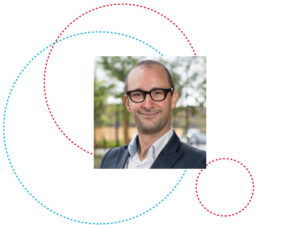Dr. Julien Pénasse, Research Scientist within the Department of Finance at the Faculty of Law, Economics and Finance has recently published an article entitled “The missing risk premium in exchange rates” in the top-rated Journal of Financial Economics. Along with co-author Magnus Dahlquist (Stockholm School of Economics, Centre for Economic Policy Research), Dr. Pénasse presents a new way to look at and model what economists refer to as “the currency risk premium.”
Uncovered interest rate parity (UIP) is a theory which states that the difference in interest rates between two countries will equal the relative change in exchange rates over the same time period. However, it is well-established that this theory does not hold for major currencies. Currencies with positive interest rate differentials tend to appreciate, whereas UIP would predict that they depreciate. Economists have interpreted this discrepancy by putting forth the idea that currencies with relatively high interest rates are riskier for investors. In other words, currencies command an interest-rate-dependent risk premium.
Another standard theory of exchange rates is purchasing power parity (PPP), which says that the prices of consumption baskets across countries should converge in the long run. Pénasse and Dahlquist build upon this relationship of the real exchange rate to put structure on the currency risk premium. They propose an empirical model that allows for the separation of movements in the real exchange rate that are due to the interest rate differential, from those due to a missing risk premium.
They show that this missing risk premium, not the interest rate differential, accounts for most of the variation in the real exchange rate and currency return. This is in contrast with existing theories of the currency risk premium, that focus on UIP. The missing risk premium is therefore highly correlated with the real exchange rate, which itself predicts currency returns.
These results sheds light on why exchange rate tends to be very persistent, a fact that remains a lasting macroeconomic puzzle. Pénasse and Dahlquist remark that the missing risk premium is about as persistent the equity risk premium, which suggests that financial markets contribute to the persistence of exchange rate. Thanks to the model, the researchers are also able to shed light on the puzzling relation between exchange rates and interest rate differentials by factoring in the missing risk premium.
The paper, which is in press, is available for free download at ScienceDirect.
